Antonio Lopez-Gomez, Gustavo V. Barbosa-Canovas9781574446029, 1574446029
The authors discuss the subject in an ordered format that gives you the tools to produce food products with minimum cost. Including modeling procedures for food processing systems and auxiliary systems, they elucidate synthesis techniques and procedures. Using a clear structure for different levels of information and data on different food processing alternatives, the book outlines solutions to plant design problems in the context of overall optimization of an agro-industrial system and corresponding food chain. It provides the work procedures and techniques for solving the design problems of a food processing plant and in making a defined food product.
Table of contents :
Food Plant Design……Page 6
Preface……Page 8
Authors……Page 11
Acknowledgments……Page 13
Contents……Page 14
Table of Contents……Page 1
1.1.1 Historical Evolution……Page 20
1.1.2 The Design Engineer in Food Engineering……Page 28
1.2.1 Agro-Industrial System and the Food Chain……Page 29
1.2.2 Food Processing Systems, Auxiliary Systems, and Food Plants……Page 33
REFERENCES……Page 47
2.1.1 Transfer Phenomena……Page 49
2.1.2.1 Mass Balance……Page 54
2.1.2.2 Energy Balance……Page 55
2.1.2.3 Momentum Balance……Page 60
2.1.2.4 Physical Properties……Page 65
2.1.3 Microscopic Balances and Transfer Phenomena……Page 66
2.1.3.1 Microscopic Mass Balance: Fick’s Laws……Page 67
2.1.3.2 Momentum Balance: Newton’s Law……Page 71
2.1.3.2.1 Newton’s Law……Page 73
2.1.3.3 Energy Balance: Fourier’s Law……Page 77
2.1.3.3.1 Fourier’s Law……Page 79
2.1.3.3.2 Heat Transfer in Solids at Steady State……Page 80
2.1.3.3.3 Heat Transfer in Solids at Unsteady State……Page 82
2.2.1 Viscosity……Page 83
2.2.2 Thermal Conductivity……Page 86
2.2.3 Diffusivity……Page 87
2.3.1 Individual Coefficients of Heat Transfer by Convection……Page 89
2.3.2 Heat Transfer Coefficients in Newtonian Fluids……Page 90
2.3.3 Heat Transfer Coefficients in Non-Newtonian Fluids……Page 93
2.4 MATHEMATICAL MODEL OF A UNIT OPERATION: HOT AIR DRYING……Page 95
2.4.1 Equations for General Model……Page 102
2.4.2 Equations from This Model……Page 103
2.4.3 Results of Experiment……Page 107
2.4.4 Nomenclature……Page 110
2.5 MATHEMATICAL MODELING OF REFRIGERATION AND THERMAL STORAGE SYSTEMS……Page 111
2.5.1 Modeling the Components of a Refrigeration System……Page 113
2.5.1.1 Compressor……Page 115
2.5.1.2 Condenser……Page 121
2.5.1.3 Evaporator……Page 124
2.5.1.4 Expansion Valve……Page 130
2.5.2 Trends in Refrigeration Systems Modeling……Page 134
2.5.3.1 Model Formulation……Page 135
2.5.3.2 Heat Transfer Coefficients Analysis……Page 138
2.5.3.3 Experiment Validation……Page 139
2.6.1 Malting Plant……Page 145
2.6.1.1 Knowledge-Based System Development……Page 146
2.6.2 Winery……Page 149
2.6.2.1 Refrigeration Requirements Profile for Wineries……Page 151
2.6.2.2 Thermal Behavior of the Fermentation Process……Page 152
2.6.2.3 The Use of Thermal Storage Systems……Page 153
2.6.2.4 The Use of Advanced Control Systems in Fermentation……Page 154
2.6.3 Frozen Vegetables Plant……Page 157
REFERENCES……Page 159
REFERENCES: SECTION 2.4……Page 160
REFERENCES: SECTION 2.5……Page 163
REFERENCES: SECTION 2.6.1……Page 166
REFERENCES: SECTION 2.6.2……Page 167
REFERENCES: SECTION 2.6.3……Page 169
3.1 INTRODUCTION……Page 170
3.2 PRELIMINARY STUDIES OF FOOD PRODUCTS AND RAW MATERIALS……Page 171
3.3 LITERATURE REVIEW AND LABORATORY STUDIES ON FOOD PROCESSING TECHNOLOGY AND ENGINEERING……Page 172
3.4 PILOT PLANT STUDIES……Page 173
3.5.1 The Food Processing Plant Preliminary Project……Page 174
3.5.2 The Food Processing Plant Final Project……Page 179
3.5.2.1.1 Report Document……Page 180
3.5.2.1.4 Drawings Document……Page 181
3.5.2.2.1 Report Document……Page 183
3.5.2.3.1 Buildings……Page 185
3.5.2.3.2 Other Services……Page 186
3.6.1 Basic Modules General Flowchart……Page 188
3.6.2 Flowcharts……Page 189
3.6.3 Mass Balance in the Process……Page 193
3.6.4.1 Energy Accounting in Food Processing Plants……Page 204
3.6.4.2.1 Electric Motors……Page 206
3.6.4.2.2 Steam Flow in Pipes……Page 208
REFERENCES……Page 211
ENCYCLOPEDIAS……Page 212
BOOKS……Page 213
JOURNALS……Page 225
4.1 INTRODUCTION……Page 229
4.2.1.1 Basic Modules Method……Page 231
4.2.1.2 Evolutionary Design Method……Page 234
4.2.2 Methods Based on Problem Solving……Page 236
4.2.3 Heuristic Design Methods……Page 239
4.2.4 Algorithmic or Mathematical Programming Methods……Page 240
NOMENCLATURE……Page 243
REFERENCES……Page 244
5.1 OUTLINING THE PROBLEM……Page 246
5.2 SELECTING DESIGN VARIABLES……Page 247
5.2.1.1 Degrees of Freedom and Information Flow Diagram……Page 248
5.2.1.2 Inversion of Information Flow……Page 252
5.2.1.3 Algorithms for Selecting Design Variables……Page 255
5.2.2.1 Information Flow through Subsystems……Page 258
5.2.2.1b Distillation Equipment Variables……Page 259
Design Relationships……Page 261
Addition Point of Dissolvent……Page 262
Heat Exchanger……Page 263
5.2.2.2 Inversion of Information Flow……Page 264
5.2.2.3 Algorithm for Selecting Design Variables……Page 266
5.3 ALTERNATIVE ANALYSIS BY MEANS OF SIMULATION……Page 271
5.4.1 Static Criteria……Page 272
5.4.2 Dynamic Criteria……Page 274
5.4.2.1 Net Present Worth……Page 275
5.4.2.3 Payback Period……Page 276
5.4.2.4 Internal Rent Share……Page 277
5.5.1.1 Cost Estimation of Food Processing Equipment……Page 278
5.5.2 Operating Cost Estimation……Page 284
Costs proportional to production volume……Page 292
Safety and protection, taxes, and administrative cost……Page 296
REFERENCES……Page 297
GENERAL……Page 298
6.1 INTRODUCTION……Page 299
6.2.1 Basic Principles of Scaling……Page 300
6.2.2 Minimum and Maximum Size……Page 301
6.3 TYPES AND APPLICATIONS……Page 302
6.4 PILOT PLANT DESIGN……Page 306
6.5 EXPERIMENTATION STRATEGIES……Page 307
6.6 CAPITAL INVESTMENT AND OPERATION COST……Page 310
REFERENCES……Page 311
7.1 CHARACTERISTICS OF SUITABLE CONSTRUCTION MATERIAL……Page 313
7.2.1 Stainless Steel……Page 315
Polished Surfaces……Page 317
7.2.1.2 Corrosion……Page 323
7.2.3 Nickel and Monel……Page 325
7.2.4 Plastic Materials……Page 326
REFERENCES……Page 328
8.1 BASIC PRINCIPLES FOR HYGIENIC DESIGN OF FOOD EQUIPMENT……Page 329
8.2.1 Tanks……Page 332
8.2.2 Pumps……Page 336
8.2.3 Valves……Page 339
8.2.4 Pipes……Page 342
8.3 EXTERNAL DESIGN OF PROCESSING EQUIPMENT AND AUXILIARY SYSTEMS……Page 347
8.4 CIP (CLEAN-IN-PLACE) SYSTEM DESIGN……Page 349
8.4.1 Single-Use or Single-Tank Systems……Page 351
8.4.2 Multiple-Use or Multitank Systems……Page 354
8.4.3 Compact Systems and Foam-Cleaning Systems……Page 355
8.4.4 CIP System Design Details……Page 359
8.4.4.1 Spray Distribution Devices……Page 360
8.4.4.2 Pumps, Heat Exchangers, and Valves……Page 363
REFERENCES……Page 364
9.1 DESIGNING THE FOOD PLANT……Page 365
9.1.1 Legal Aspects……Page 366
9.1.2 Functional Aspects……Page 368
9.1.3 Plant Layout……Page 371
9.2.1 Land Conditions and Location……Page 374
9.2.2 Distribution of Zones at the Site……Page 375
9.3.2 Building Enclosure and Interior Divisions……Page 376
9.3.3 Floors……Page 380
REFERENCES……Page 386
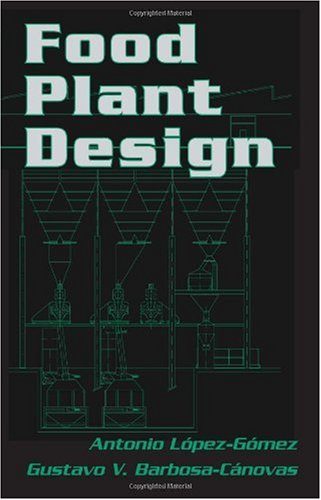
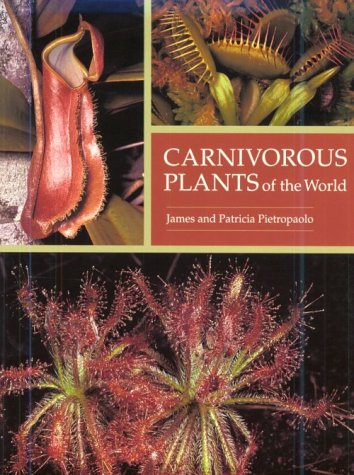
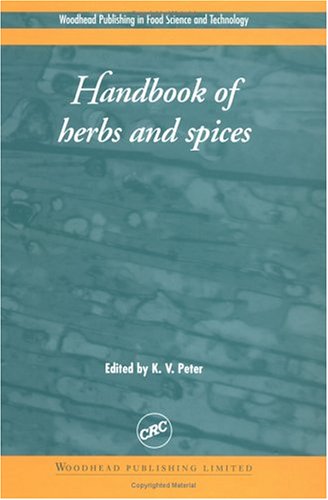
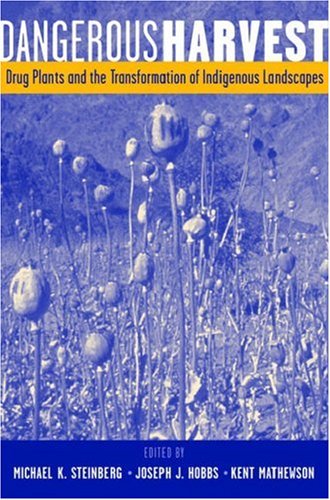

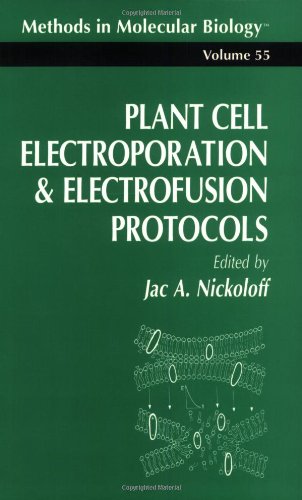
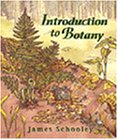
Reviews
There are no reviews yet.